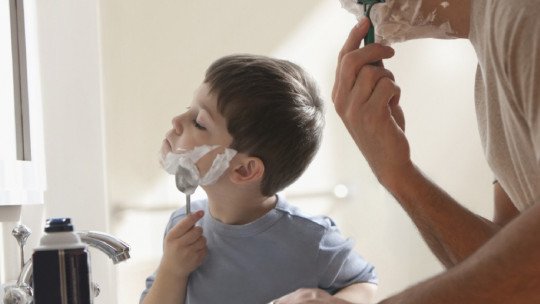

(aggressive model) played in a room while an adult hit and shouted at a “Bobo doll”. Half saw male models and half saw female models. In all groups there were equal numbers of boys and girls. Method - 72 children aged between 3 and 6 years old were put into one of three groups for 10 minutes. Observational learning is demonstrated in Bandura, Ross & Ross (1961).Īim - To demonstrate that aggression can be learned through modelling This is an important difference between Social Learning and Behaviourism in which learning and performance are considered the same. This was demonstrated in Bandura (1965) where children were able to produce observed behaviours when asked, even if they did not produce them voluntarily. Social Learning Theory distinguishes between acquisition of a behaviour and its performance.ĭuring Modelling, the behaviour has been acquired after identification, but may never be imitated or reinforced. Internalised actions do not require more reinforcement they are a relatively fixed part of the learner’s behaviour - their identity - and they will go on to model them for other learners. If a behaviour is reinforced sufficiently, it becomes internalised. Reinforcement refers to the consequence of the action for the learner, in general desirable consequences will lead to a behaviour being reproduced. They are also actively testing whether they should reproduce the behaviour again by evaluating the reinforcement they receive. When they do this, learners make a judgement about whether it is the right situation in which to reproduce it and whether they are likely to be successful in performing the action. Imitation is copying or reproducing behaviour that has been learned through observation. When a learner identifies with a role model, they will remember their behaviour and add it to the repertoire of actions they can produce and may imitate. Identification involves associating with the qualities, characteristics and views of specific role models who possess qualities that individuals would like for themselves. If the people who are observing the behaviour judge that the other person should be their role model, they identify with them. When a person performs a behaviour and is seen by another person, they are modelling the behaviour for them. Modelling, Identification, Imitation & Reinforcement The key steps in observational learning are I dentification, Imitation and Reinforcement, but everything begins with a role model demonstrating or modelling a behaviour. He believes that the most important process in learning for humans is observational learning which he calls modelling. The most important Social Learning Theorist is Albert Bandura.


 0 kommentar(er)
0 kommentar(er)
